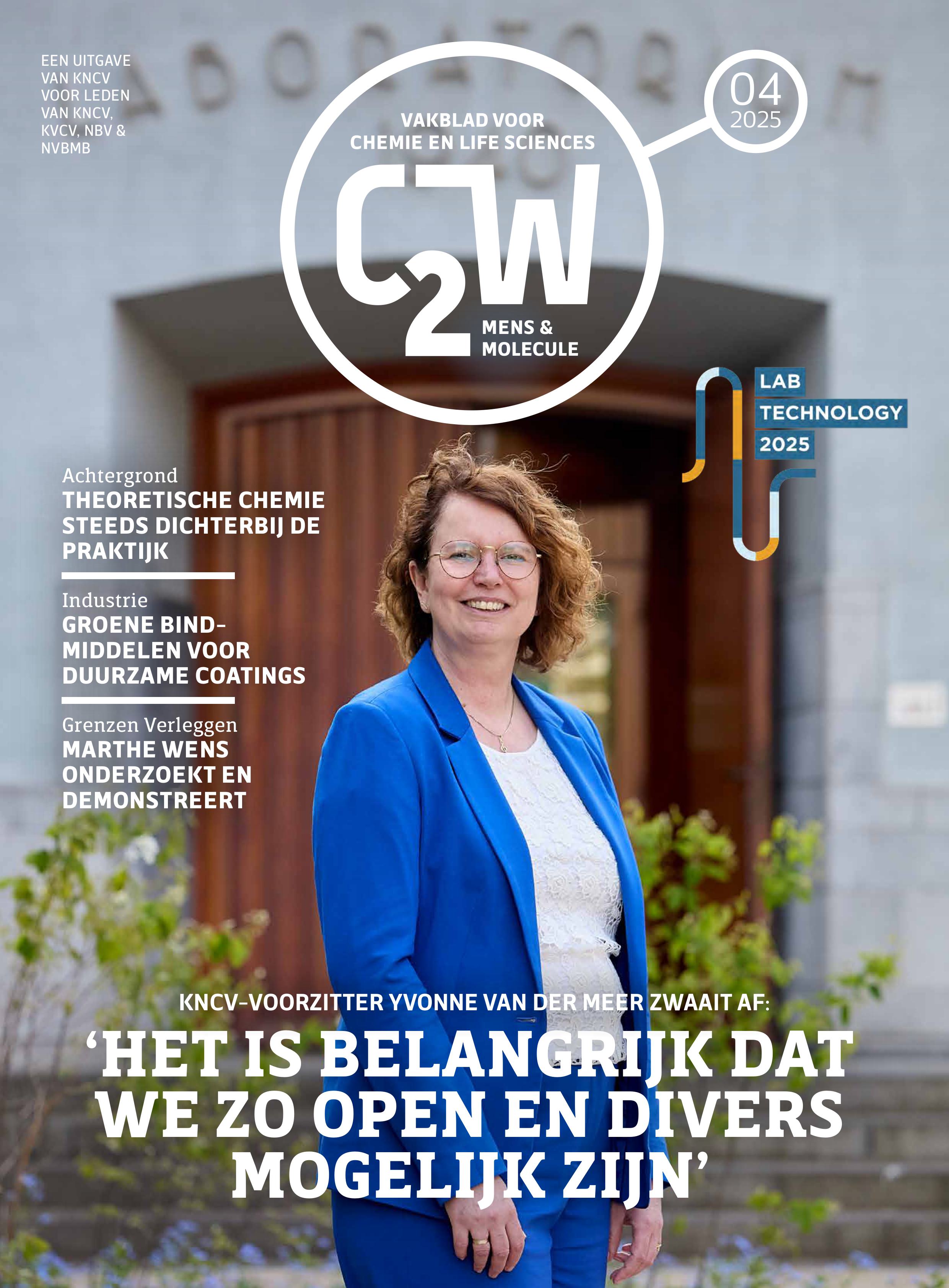Would you like to add an event to this list? Simply register your event using this form.
The effect of soil organic matter on the mobility of the metalloids arsenic and antimony in soils

Category
Ph D Defense
Date
2019-01-30 17:00
Venue
KU Leuven, Aula van de Tweede Hoofdwet, 1.02 - Kasteelpark Arenberg 41
3001 Heverlee, Belgie
3001 Heverlee, Belgie
Promovendus/a: Mieke Verbeeck
Promotor(en): Prof. dr. ir. Erik Smolders
Arsenic (As) and antimony (Sb) are naturally occurring elements, but toxic to biota at environmental relevant concentrations. Soils, sediments, surface and ground waters can be contaminated with As and Sb by natural weathering processes or by anthropogenic activity. Worldwide, the health of millions is affected by naturally As-contaminated groundwater. The chemical form, i.e. speciation, of As and Sb will determine their mobility and toxicity, and thus their risk to the environment. In soils, this speciation is strongly influenced by organic matter, with many underlying mechanisms. These mechanisms are not yet fully understood and quantified, restricting the use of process-based models to predict the risk of As and Sb in the environment. The goal of this study is to better understand and quantify the effect of organic matter on the mobility of As and Sb in soils under different conditions, namely in aerobic soils, in anaerobic soils and over prolonged contact times. Soil organic matter, As and Sb interact strongly with iron (Fe) and aluminium (Al) hydroxides in soils. It is hypothesized that As and Sb mobility in soils increases due to competition with soil organic matter for binding sites at the Fe and Al minerals. Furthermore, increasing organic matter concentrations promote reducing conditions in waterlogged soils and this strongly influences the speciation of the redox-sensitive elements As and Sb, and of the Fe minerals. Finally, long-term migration of As and Sb will be influenced by slow sorption reactions and by the gradient of soil organic matter along a soil profile. Observations, experiments and modelling studies were done during this PhD study to unravel the different mechanisms that soil organic matter exerts on the mobility of As and Sb. It was shown that, under aerobic conditions, increasing soil organic matter concentrations increase As and Sb mobility and this could be mathematically described by a process-based geochemical model by including the competitive and electrostatic effects of soil organic matter on the interactions of As and Sb with the Fe and Al minerals in the soil. Next, in waterlogged soils, the concentration of soil organic matter controls the extent of reducing conditions and hereby, the mobilisation of As and the immobilisation of Sb. Finally, fixation of Sb in Sb-spiked soils decreases the mobility of Sb, and this was more pronounced in soils with a high concentration of Fe and Al hydroxides, while the concentration of soil organic matter was less important. It was concluded that in As and Sb risk assessment models, the important effects of soil organic matter should be included, and this can be done with the calibrated parameters of reactive organic matter in this work.All Dates
- 2019-01-30 17:00
Powered by iCagenda

